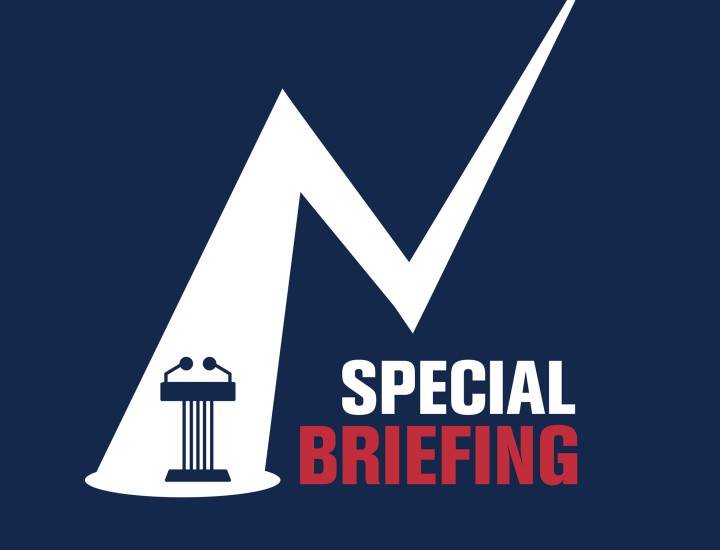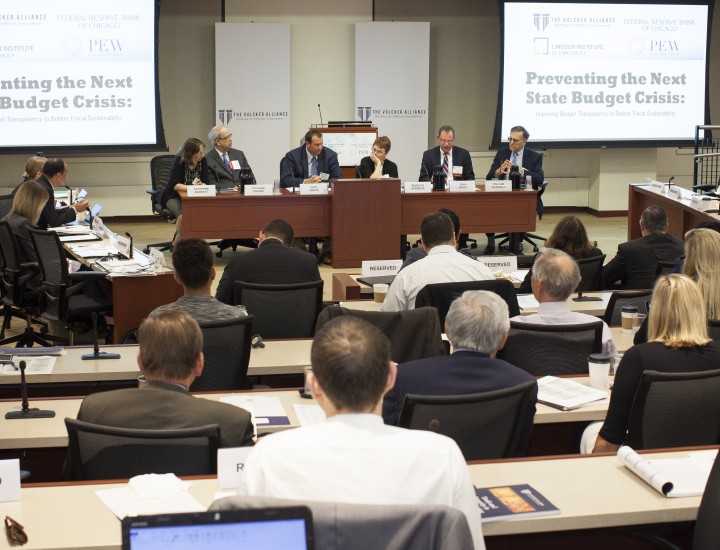America's Trillion Dollar Repair Bill

State and local governments provide about 80 percent of US public infrastructure spending. But reported infrastructure spending may not sufficiently address America’s critical need to repair public assets, such as roads, highways, waterworks, and buildings, that are vital to the functioning and growth of the nation’s economy. In its annual Truth and Integrity in State Budgeting studies, the Volcker Alliance has found that few states have disclosed the immense cost of these needed repairs in their budget documents. We estimate that the cost of making deferred repairs at the state level may be as large as $873 billion, equivalent to 4.2 percent of US gross domestic product, or almost three times the value of all investment by states and localities in nonresidential fixed assets. Combined with a reported federal backlog of $170 billion, the national total deferred maintenance cost may be at least $1 trillion. The sum may be even larger because while states disclose voluminous information about their general fund budgets, the same cannot be said for their capital budgeting practices, which vary widely among states.
In contrast to general fund budgets, which pay for recurring operating expenditures such as education, public safety, and, sometimes, routine maintenance of infrastructure, capital budgets typically include costly, long-lived assets involving one-time expenses whose payment is spread over years to equalize funding needs over time and stabilize taxes. But reporting standards, such as the type of assets included and the information disclosed, differ from state to state, and few report infrastructure conditions and needs in their budget documents. To help states close this critical information gap and improve their decision-making processes, we offer a ten-point action plan based on best practices relied upon by several states and the District of Columbia. Implementing the plan will help policymakers set common standards; improve asset management; make information consistent, updated, and available; and build a better-informed decision-making process for capital projects.


